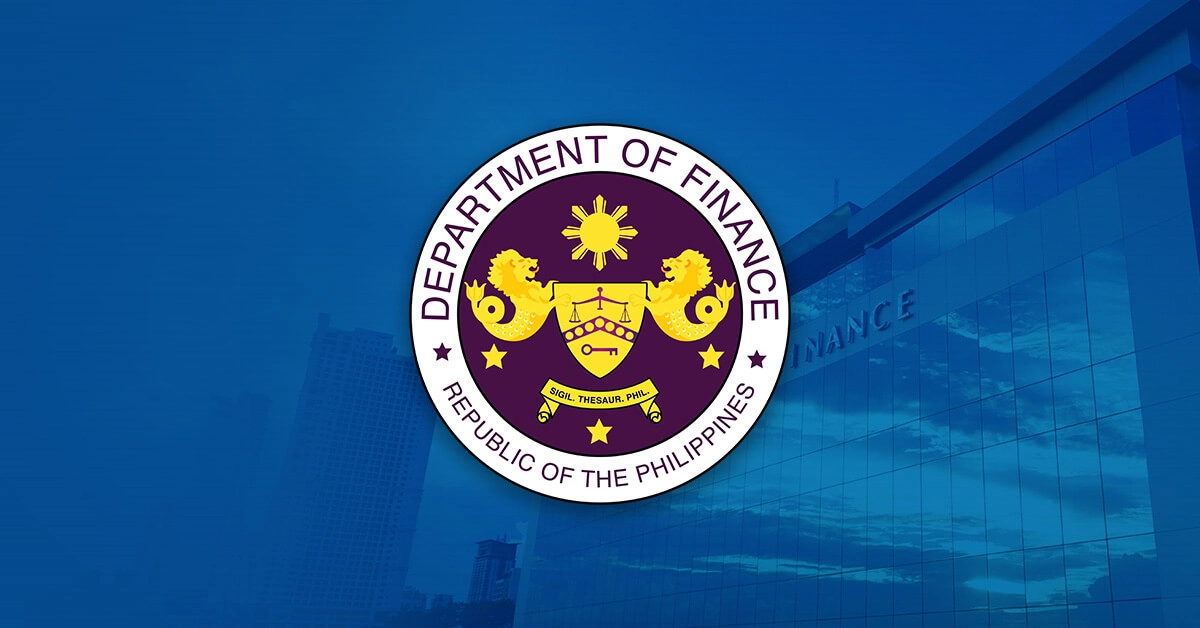Finance Secretary Ralph G. Recto underscored that the 0.9% inflation for July 2025—the lowest in six years—provided the biggest relief to the poorest families with the sustained drop in food prices, especially rice.
The year-to-date inflation rate averaged at only 1.7%, below the government’s target range of 2.0% to 4.0% for the year. This reflects sustained price stability across major commodity groups.
“Lagi ngang paalala ng ating Pangulo, anong silbi ng magagandang numero kung marami pa rin ang nagugutom? Kaya hindi lang po namin pinapababa ang inflation sa papel. Patuloy po kaming nagtatrabaho para siguraduhing mararamdanan ng bawat pamilyang Pilipino ang pagbaba ng presyo ng bigas, pagkain, kuryente, at iba pang pang-araw-araw na pangangailangan,” Secretary Recto said.
The sharp deceleration in July consumer prices was largely driven by slower price increases in housing, water, electricity, gas, and other fuels (2.1% from 3.2%), with the sustained decline in electricity rates (1.3% from 7.4%) and LPG prices (0.7% from 1.9%).
Meanwhile, food and non-alcoholic beverages inflation recorded its sharpest decline since November 2019 (-0.2% this month from 0.4% in June), due to faster deflation in rice (-15.9% from -14.3%) and vegetables (-4.7% from -2.8%), alongside slower price increases in key food items such as fruits (8.0% from 9.7%).
President Ferdinand R. Marcos, Jr.’s “Benteng Bigas, Meron Na!” (BBM Na!) and Kadiwa ng Pangulo (KNP) programs, as well as the implementation of Executive Order (EO) No. 62, which reduced tariff rates on key commodities beginning in July 2025, effectively supported the easing of prices.
With the continued slowdown in food inflation, the bottom 30% income households recorded a faster deflation of 0.8% year-on-year, the lowest since October 2019.
While inflation is expected to remain favorable and supportive of domestic demand for the rest of 2025, the government remains vigilant against potential upward price pressures, particularly from weather disturbances and external risks such as ongoing geopolitical tensions.
Whole-of-government interventions to maintain price stability
Consistent with President Marcos, Jr.’s directive to protect Filipinos’ purchasing power, the national government remains steadfast in implementing various measures to ensure the availability of affordable food in the local market.
Additional measures targeting key food items include African Swine Fever (ASF) vaccination and pork importation to stabilize meat prices, fish import permit suspensions to protect the local supply, sugar importation to address shortages, and lifting of poultry import bans from Japan and Australia to ensure a stable supply during the holiday season.
To recover from the damages brought about by the recent typhoons and the Southwest Monsoon, the government rolled out various relief and recovery programs, including a 60-day price freeze under Republic Act (RA) No. 7581 on essential items in calamity-hit areas.
The Department of Trade and Industry (DTI) also intensified its ground-level monitoring in areas under a state of calamity to ensure price stability and prevent profiteering.
In addition, over 1.1 million food packs were distributed by the Department of Social Welfare and Development (DSWD), and PHP 653 million in agricultural inputs were given by the Department of Agriculture (DA) to support affected farmers.
Furthermore, a zero-interest loan of up to PHP 25,000 was provided under the Survival and Recovery (SURE) Loan Program of the Agricultural Credit Policy Council (ACPC).
Meanwhile, PHP 478 million in insurance payouts for 61,223 insured farmers were delivered through the Philippine Crop Insurance Corporation (PCIC).
To cushion the impact of volatile global oil prices, the Department of Energy (DOE) launched a fuel discount program for public utility vehicles (PUVs) and transport network vehicle service (TNVS) drivers, where oil companies offer discounts of PHP 1.00-2.00 per liter.
To ease household energy costs, some energy firms have pledged support for the Marcos, Jr. administration’s goal of completing nearly 200 additional power plants in the next three years. This will be enough to electrify 4 million households.
The energy firms will work with the Department of Energy (DOE), Energy Regulatory Commission (ERC), and the National Grid Corporation of the Philippines (NGCP) to ensure the timely implementation and grid integration of the planned projects.




